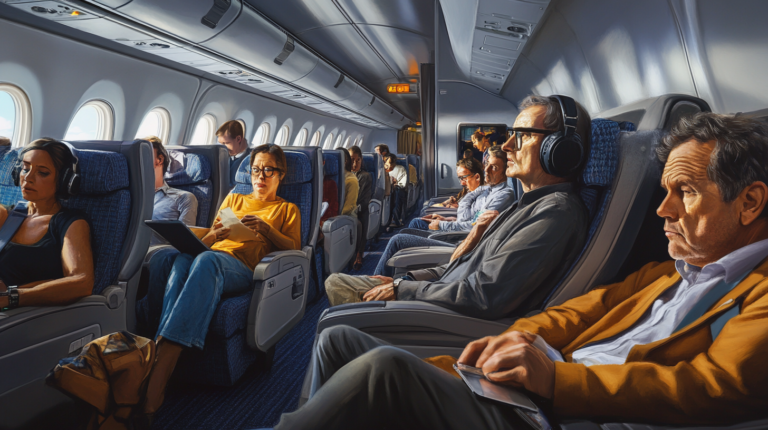Loyalty Programs – The Game of Points and Miles

In the ever-evolving landscape of air travel, loyalty programs have emerged as more than just perks for frequent flyers—they have become intricate ecosystems that influence every aspect of the aviation industry. From the casual holidaymaker to the seasoned business traveler, these programs shape the way millions of passengers choose airlines and experience travel. Once simple schemes designed to reward customer loyalty, airline loyalty programs have transformed into complex systems that intertwine with financial markets, marketing strategies, and the digital economy. They significantly impact not only the airlines’ profitability but also travelers’ ability to explore the world affordably and comfortably. This comprehensive exploration delves into the current state of airline loyalty programs, unveils strategies for travelers to maximize their benefits, evaluates the best programs tailored for different types of travelers, and sheds light on the recent changes that are reshaping this dynamic industry.
The Current State of Airline Loyalty Programs
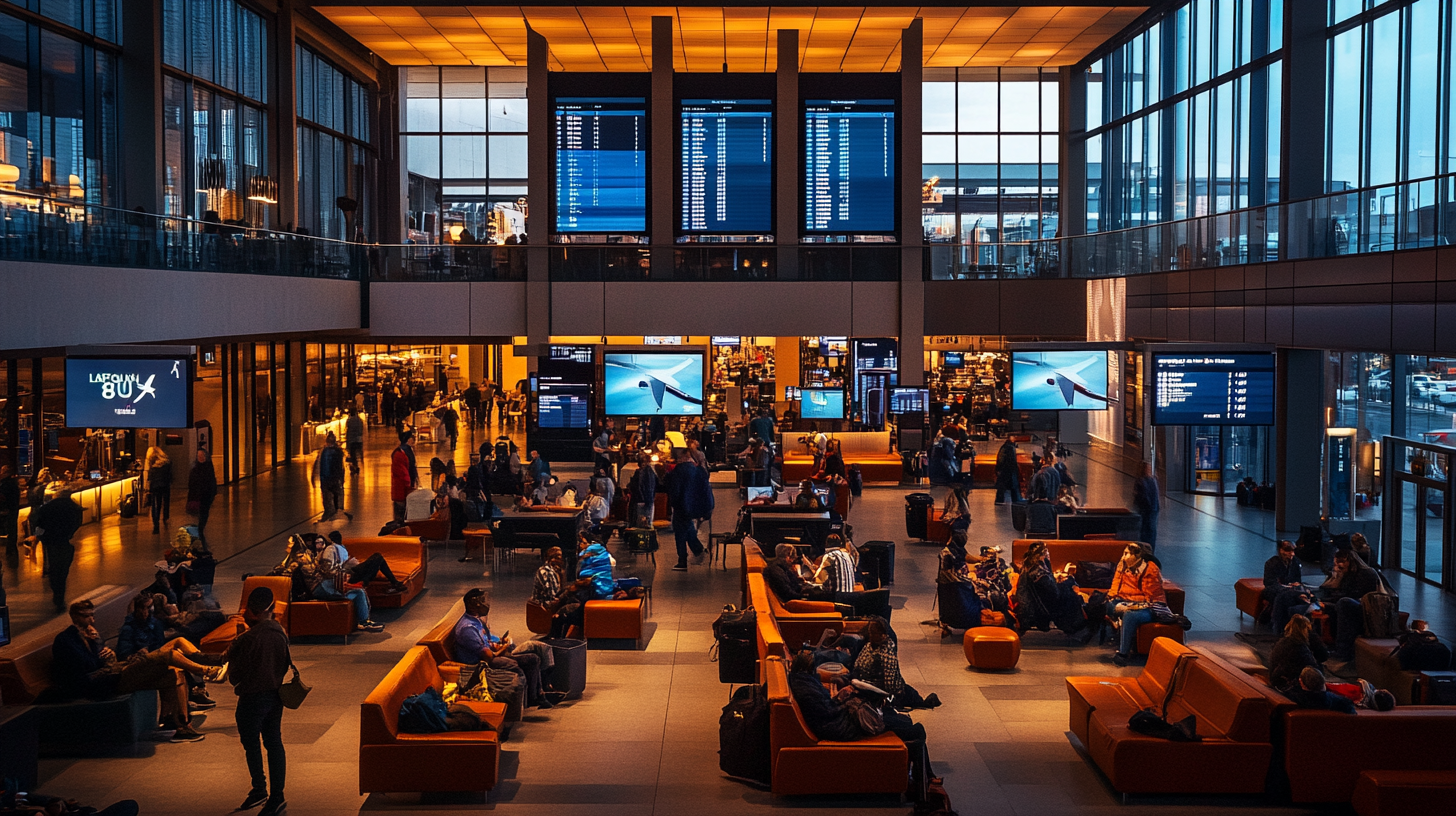
From Reward Systems to Profit Centers
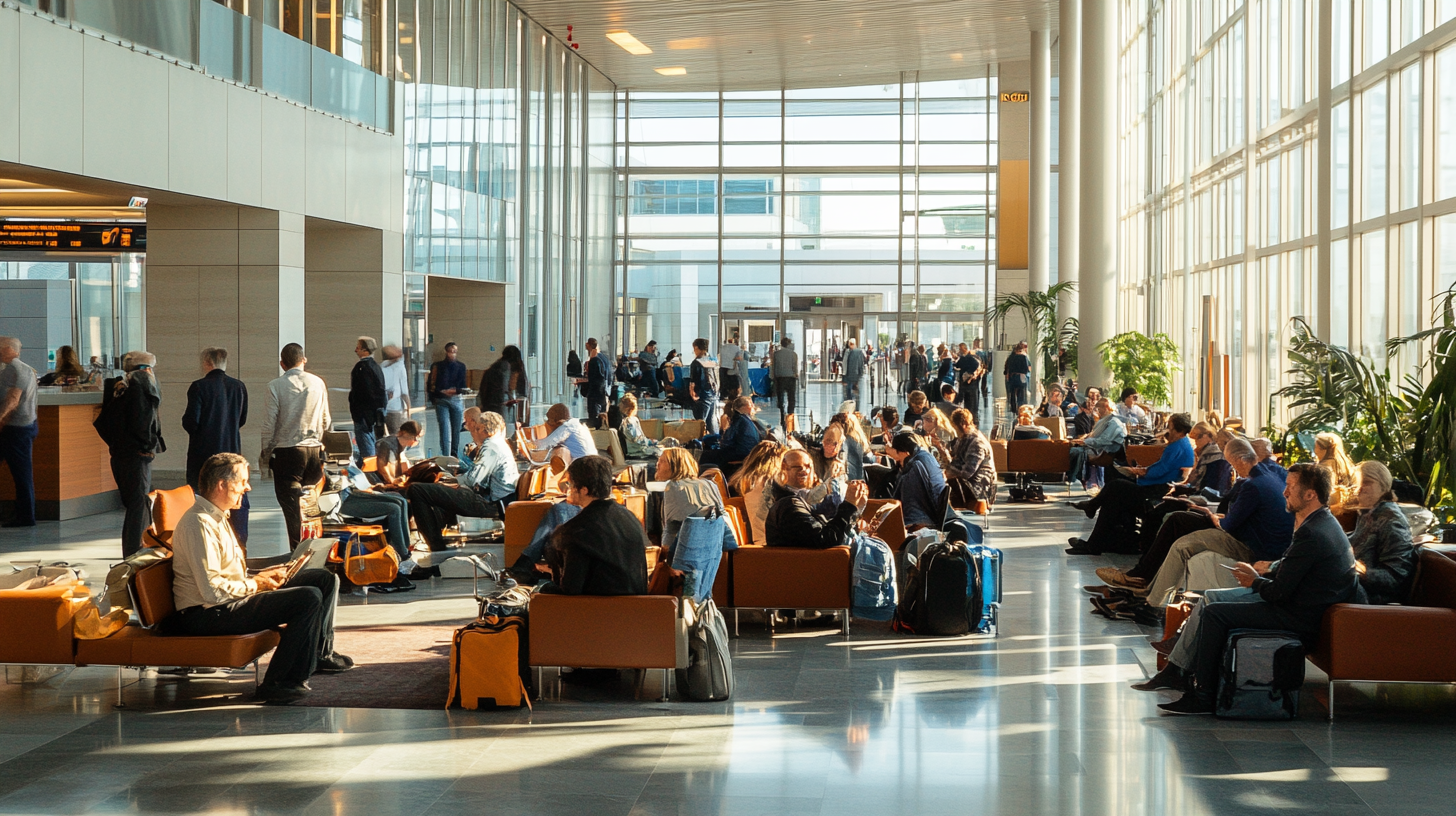
Airline loyalty programs have undergone substantial changes since their inception with American Airlines’ AAdvantage program in 1981, the first frequent-flyer program in the world. Initially designed as straightforward initiatives to provide competitive advantages and reward customer loyalty through miles based on distance flown, these programs have evolved into multifaceted profit centers that generate significant revenue beyond traditional ticket sales. By monetizing frequent flyer options, airlines have tapped into new revenue streams that extend far beyond selling seats. Today, a significant portion of an airline’s income from its loyalty program comes from selling miles to banks and credit card companies, which then offer them as rewards to consumers for their everyday spending. This symbiotic relationship not only provides airlines with immediate cash flow but also deepens customer engagement through a multitude of earning and redemption opportunities. These programs have transformed into asset-light, scalable platforms that facilitate efficient transactions, extend market reach, and allow for comprehensive data monetization. By analyzing customer behavior and preferences through loyalty programs, airlines can personalize offers, improve service delivery, and enhance marketing strategies, as explored in the strategic role of data analytics in airline loyalty programs .
Shift to Revenue-Based Models
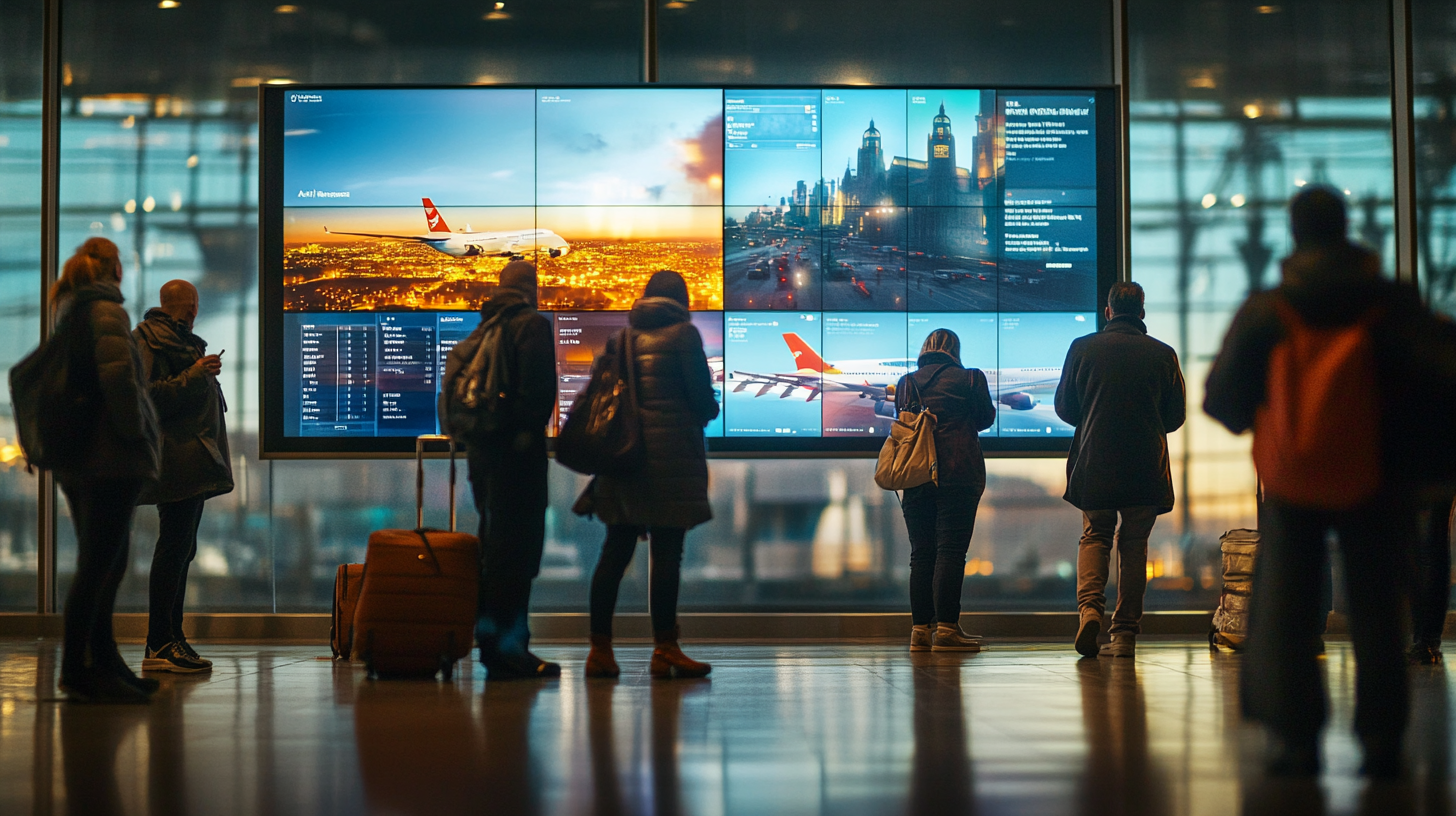
In response to the changing dynamics of air travel and the need to align loyalty incentives with profitability, airlines are transitioning from mileage-based to revenue-based loyalty models. This strategic shift rewards customers based on the amount of money they spend rather than the distance they fly. Under traditional mileage-based systems, passengers could earn significant rewards by booking the cheapest flights over long distances, sometimes leading to practices like mileage runs—where travelers would take unnecessary trips solely to accumulate miles. By adopting revenue-based models, airlines aim to curb such exploitative practices and promote sustainability. This approach ties rewards more closely to passenger spending, benefiting high-revenue customers and encouraging increased spending among flyers. Airlines like British Airways and Delta have implemented these changes, sparking both interest and controversy among travelers. While high-spending business and first-class passengers may enjoy enhanced benefits, economy travelers might find it more challenging to accumulate miles. The transition represents a significant shift in how airlines value customer loyalty, as explored in the impact of revenue-based loyalty programs on traveler rewards .
Monetization and Devaluation Trends

The aggressive monetization of loyalty programs has led to devaluation trends that often favor high-spending business travelers over leisure passengers. Airlines frequently adjust the number of miles required for award flights, increasing them without corresponding increases in earning rates, which effectively devalues the miles held by customers. This practice benefits those who can afford premium cabins and higher fares, while average consumers find their accumulated miles less valuable. Critics argue that while airlines benefit from the increased profits generated by these strategies, the diminishing rewards for average travelers can erode customer loyalty and trust. Since airlines depend on both high-fare and low-fare passengers for overall profitability, it’s crucial not to undervalue leisure travelers who collectively contribute significantly to revenue. Maintaining the attractiveness of loyalty programs across all customer segments is essential for long-term success, as highlighted in the impact of loyalty program devaluation on traveler engagement .
Loyalty Programs as Financial Assets

Beyond customer engagement and revenue generation, airline loyalty programs have evolved into significant financial assets that airlines can leverage for corporate financing. In 2020, during the unprecedented challenges posed by the COVID-19 pandemic, U.S. carriers such as United Airlines and Delta Airlines secured substantial loans by leveraging the future cash flows from their loyalty programs, raising billions of dollars. United raised approximately $6.8 billion, while Delta secured around $9 billion using their loyalty programs as collateral. This innovative approach underscores the substantial monetary value these programs hold within the airline industry and demonstrates investor confidence in their enduring profitability. Using loyalty programs as financial assets provides airlines with a vital source of liquidity in times of crisis, as explored in the role of loyalty programs in airline financial resilience .
Recent Changes in Loyalty Programs
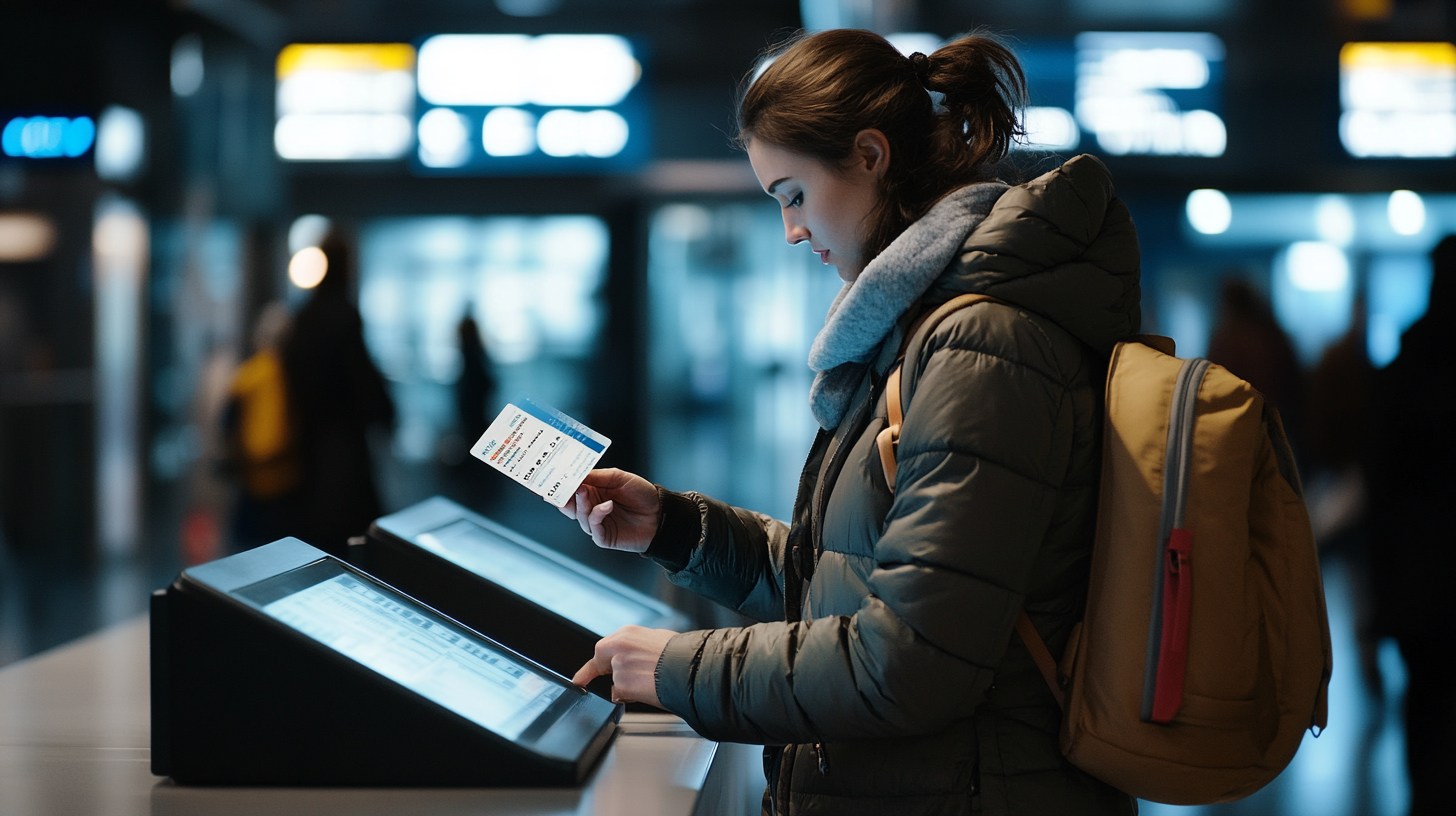
Increased Spending Requirements

Airlines are continuously adjusting their loyalty programs’ structures, often by increasing the spending requirements needed to attain or maintain elite status. Delta Airlines, for instance, made headlines when it raised the spending threshold for its top-tier Diamond Medallion status from $15,000 to an astounding $28,000 in annual Medallion Qualification Dollars. This significant increase has prompted frustration and disbelief among frequent flyers, many of whom value the perks of elite status as essential components of their travel experience. Such drastic changes make it more challenging for even regular business travelers to maintain their status, potentially diminishing the perceived value of loyalty. These adjustments are part of a broader strategy to prioritize the most profitable customers, but they risk alienating a substantial segment of loyal customers. Consequently, some travelers are reconsidering their airline affiliations and exploring programs that offer more attainable benefits, as discussed in how elevated elite thresholds affect traveler loyalty and airline choice .
Award-Winning Programs and Rankings

The competitive nature of loyalty programs is highlighted in industry awards and reports that assess and compare their offerings. In the 2024 TPG (The Points Guy) Awards, American Airlines’ AAdvantage program was named the Best U.S. Airline Loyalty Program. The evaluation considered factors such as the ease of earning and redeeming rewards, the richness of elite status benefits, and the strength of airline partnerships. AAdvantage scored highly due to its extensive global network, valuable miles that can be redeemed on a variety of partner airlines, and a generous award chart that provides good redemption value for travelers. The program’s flexibility and consistent award availability make it a favorite among frequent flyers.
Similarly, a report by Point.me analyzed 62 airline rewards programs worldwide, with Air France-KLM’s Flying Blue emerging as the top program for 2024. The program excels in both earning and redeeming miles and offers the flexibility of transferring points from major credit card currencies like American Express Membership Rewards, Chase Ultimate Rewards, and Citi ThankYou Points. Flying Blue’s monthly Promo Rewards provide additional opportunities for discounted award travel. United MileagePlus and Air Canada Aeroplan also ranked highly, reflecting their strong redemption rates, extensive partner availability, and user-friendly program features. Travelers seeking to understand the nuances of these programs can refer to a detailed guide to choosing the best airline loyalty program .
Customer Frustration and Program Complexity

The frequent changes and increasing complexity of airline loyalty programs have led to widespread confusion and frustration among travelers. Once-stable programs now regularly adjust their rules, elite status qualifications, and redemption charts, challenging customers to keep up with the constant evolution. The lack of transparency and predictability makes it difficult for travelers to plan and maximize their benefits. For instance, American Airlines introduced Loyalty Points to replace older versions of their program, consolidating various earning activities into a single metric. While this was intended to streamline the process, many frequent flyers struggled to understand how their activities translated into tangible rewards and elite status. The introduction of dynamic award pricing, elimination of award charts, and fluctuating availability further complicate matters.
As profit motives increasingly overshadow loyalty objectives, many seasoned travelers question the value of participating in these programs. The diminishing returns, increased effort required to earn meaningful rewards, and a perceived lack of appreciation from airlines contribute to this skepticism. The frustration is amplified when benefits that customers have worked hard to achieve are suddenly altered or devalued. The impact of these developments on traveler satisfaction and loyalty is significant, as discussed in how loyalty program complexity affects customer engagement .
Maximizing Benefits from Loyalty Programs
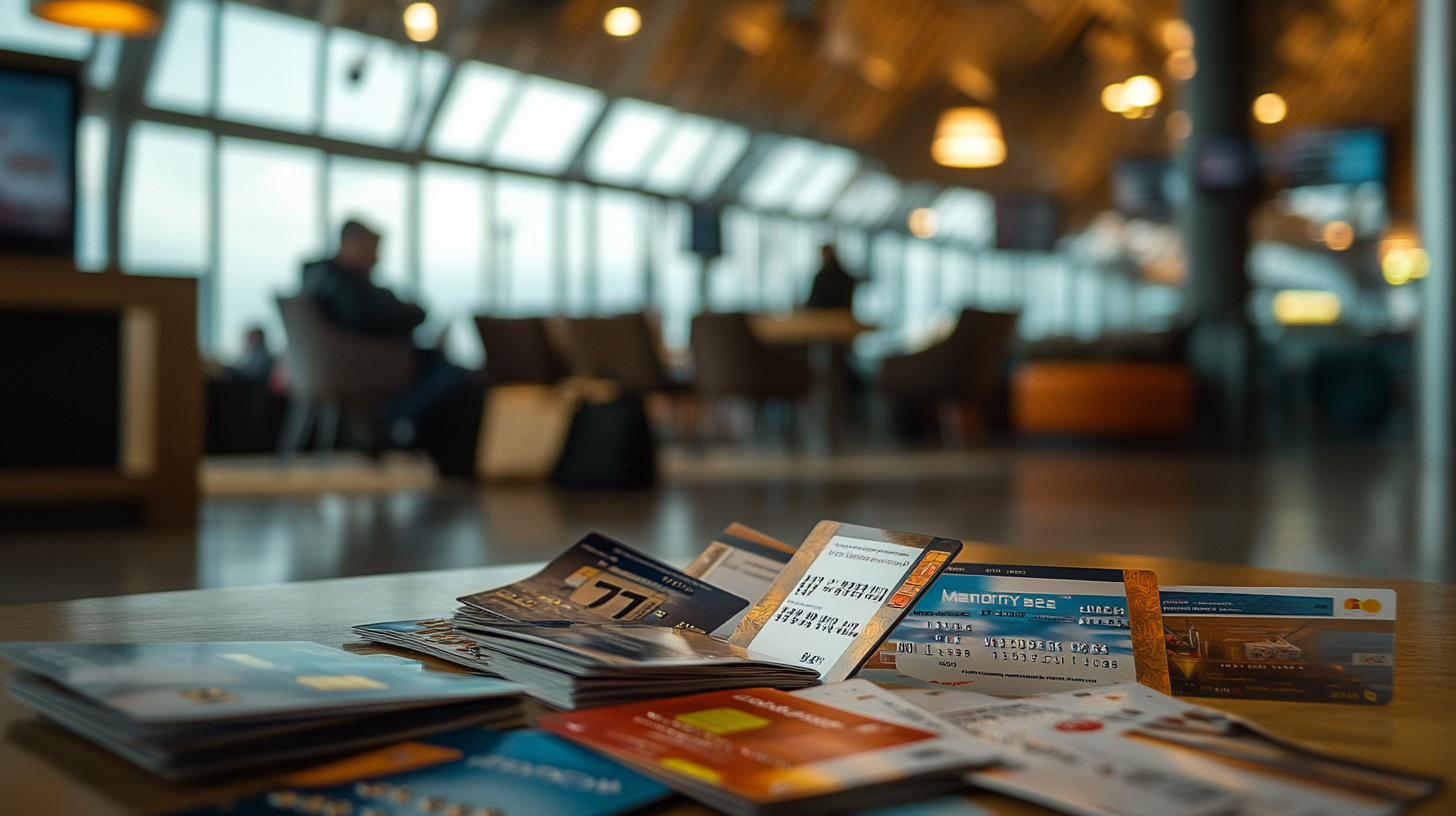
Choosing the Right Program

With numerous loyalty programs available, selecting the one that best aligns with individual travel habits is crucial for maximizing benefits. Factors to consider include the airlines’ route networks, award availability on preferred flights, proximity of airline hubs to the traveler’s home base, and elite status aspirations. For instance, travelers who frequently fly transatlantic routes or have a strong preference for European destinations might benefit from Air France-KLM’s Flying Blue program, which offers frequent promotions and ample award availability. Those who prioritize partner availability and the flexibility to fly with various airlines worldwide might prefer Air Canada Aeroplan, which has an extensive list of partner airlines and generous earning opportunities.
Evaluating credit card partnerships is also essential, as many programs allow points to be transferred from popular credit card rewards programs, enhancing the ability to earn miles through everyday spending. By matching individual travel patterns and preferences with the strengths of a loyalty program, travelers can ensure they are investing their efforts where they will receive the greatest return. Strategies for selecting the optimal program are outlined in comprehensive guide to choosing an airline loyalty program tailored to your travel needs .
Leveraging Credit Card Partnerships

Most points in loyalty programs are now earned through non-flying activities, with credit card spending being a primary vehicle for accumulation. Programs like Flying Blue and Aeroplan offer extensive partnerships with major credit card issuers, enabling travelers to accumulate points through everyday purchases. By strategically using co-branded credit cards and taking advantage of bonus categories—such as extra points for dining, groceries, or gas—travelers can significantly boost their points balance without stepping foot on a plane. Furthermore, many of these credit cards offer lucrative sign-up bonuses and additional perks like airport lounge access, travel insurance, and statement credits.
Leveraging these credit card partnerships effectively requires understanding the earning rates, bonus categories, and redemption options associated with each card. For example, using a card that offers 3x points on dining can accelerate point accumulation if dining out is a significant part of one’s spending. Additionally, some cards allow points to be transferred to multiple airline programs, providing flexibility and increased redemption opportunities. For travelers seeking to optimize their rewards strategy, using credit card rewards to maximize airline loyalty benefits provides detailed guidance.
Understanding Program Flexibility and Partnerships

Understanding the flexibility of a loyalty program and its partnerships is crucial for maximizing earning and redemption opportunities. Programs with broad networks and multiple partners provide travelers with more options to use their miles effectively. Flying Blue, for instance, excels in both earning and redeeming miles due to its extensive list of partner airlines within the SkyTeam alliance, including Delta Air Lines, Alitalia, and Korean Air. This makes it easier for travelers to leverage their points across numerous carriers and routes, increasing the likelihood of finding award availability that suits their travel plans.
United MileagePlus offers similar advantages through its membership in the Star Alliance, granting members access to a wide range of destinations and airlines such as Lufthansa, Air Canada, and Thai Airways. The expansive network enhances its appeal to travelers seeking diverse options and flexibility in their travel itineraries. Understanding and utilizing these partnerships can unlock significant value and enhance the overall travel experience. Comprehensive strategies for leveraging airline partnerships are detailed in maximizing airline loyalty benefits through strategic use of partnerships .
Utilizing Technology and Tools
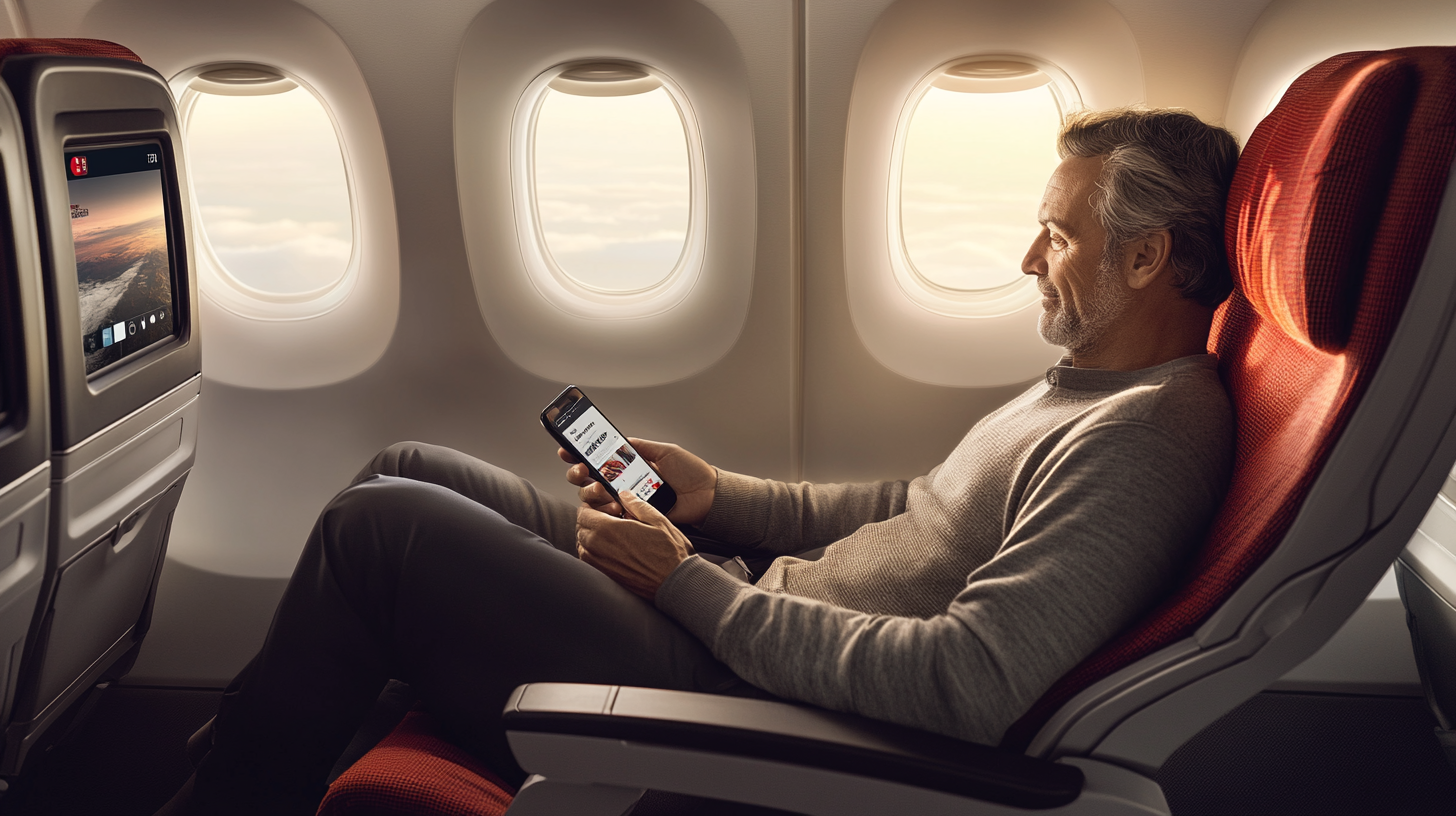
Technology plays a vital role in managing and maximizing loyalty program benefits in the modern travel landscape. Mobile apps like United’s MileagePlus X enhance user engagement by offering additional ways to earn miles through purchases with partner retailers. By using the app to make everyday purchases at participating merchants, travelers can accumulate miles effortlessly. These apps also provide real-time account updates, flight notifications, and exclusive offers, making it easier to stay on top of earning opportunities and program changes.
Additionally, understanding dynamic pricing models and leveraging software tools can help travelers find the best redemption options. Tools such as award search engines, fare trackers, and point valuation calculators assist in identifying when and how to redeem miles for maximum value. They can alert users to sudden drops in award prices or uncover availability that might not be apparent through standard searches. Navigating the complexities of modern loyalty programs often requires staying informed about program rules, changes, and strategies, which can be facilitated through technology.
For travelers seeking to optimize their rewards through the effective use of technology, utilizing tech tools to maximize airline loyalty program benefits offers valuable insights and recommendations.
Best Programs for Different Types of Travelers
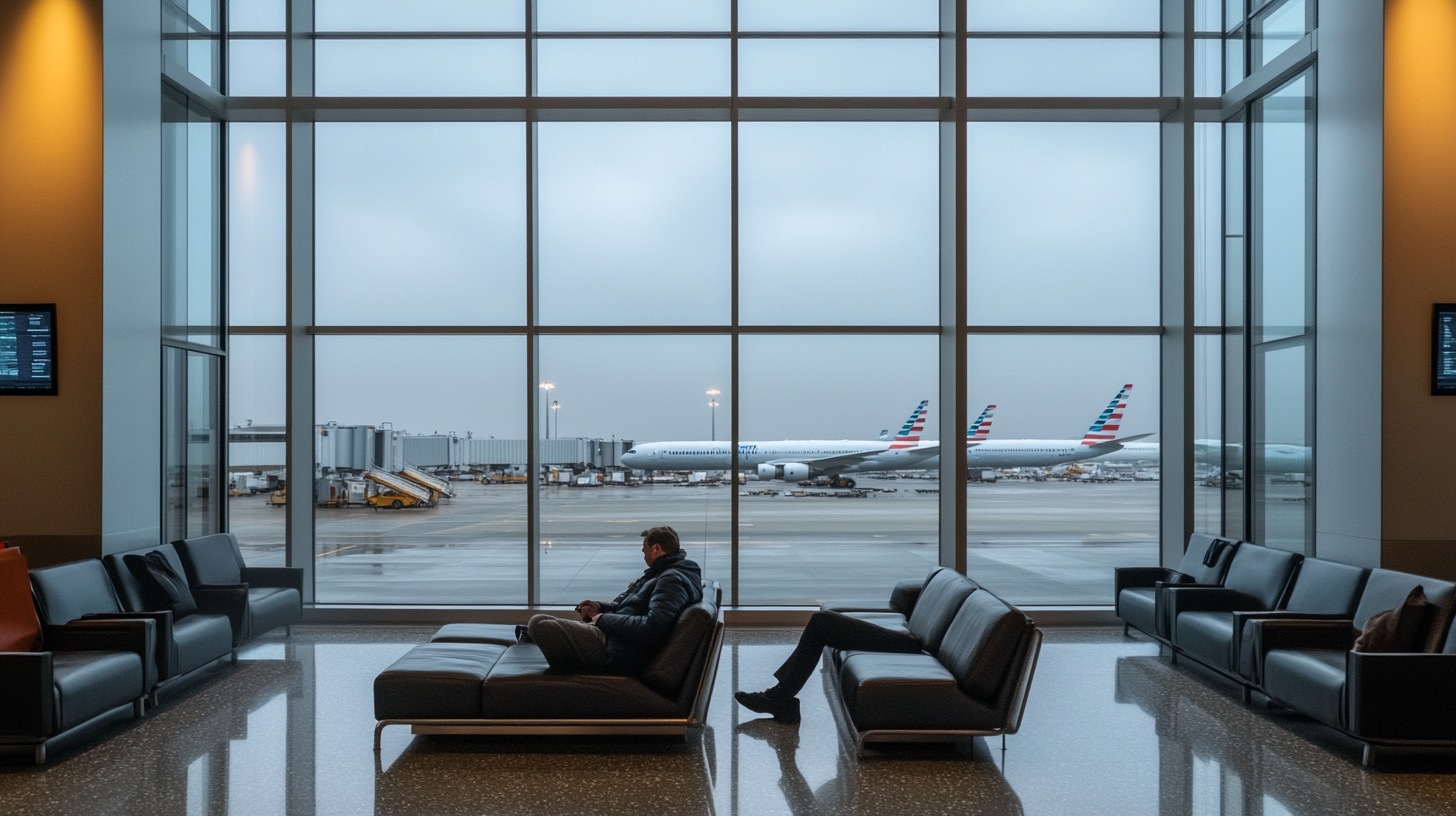
Air France-KLM Flying Blue

Ranked as the top loyalty program by Point.me in 2024, Air France-KLM’s Flying Blue is ideal for travelers seeking flexibility and ease of earning and redeeming miles. The program’s extensive partnerships, including those within the SkyTeam alliance, provide access to a wide network of destinations across Europe, Africa, Asia, and the Americas. Flying Blue allows members to transfer points from major credit card currencies like American Express Membership Rewards, Chase Ultimate Rewards, and Citi ThankYou Points, making it easy to accumulate miles through everyday spending.
The program is known for its monthly Promo Rewards, which offer significant discounts on award flights to various destinations, sometimes up to 50% off the regular mileage price. This provides excellent opportunities for travelers to redeem miles for high-value flights. The combination of flexible earning options, frequent promotions, and a broad partner network makes Flying Blue a versatile choice for both casual and frequent flyers. A detailed analysis of the program’s benefits can be found in in-depth review of Air France-KLM Flying Blue loyalty program .
Air Canada Aeroplan

Aeroplan stands out for its great partner availability and fair redemption rates. The program has undergone significant improvements, offering travelers numerous opportunities to earn points beyond flying, including through credit card partnerships and retail promotions. Aeroplan’s extensive list of airline partners, including members of the Star Alliance and non-alliance airlines like Etihad Airways and Vistara, provides access to a vast global network. The program’s innovative features, such as the ability to add stopovers for a small fee, enhance its appeal. For travelers who value partner airline access and a robust rewards system, Aeroplan is an excellent option, as detailed in comprehensive analysis of Air Canada Aeroplan program benefits .
American Airlines AAdvantage

American Airlines’ AAdvantage program’s recognition as the Best U.S. Airline Loyalty Program highlights its strengths, including a vast network, valuable miles, and generous award charts. The program offers elite status perks like complimentary upgrades, priority check-in, and Oneworld alliance lounge access. AAdvantage miles can be redeemed on American Airlines and its numerous partners, providing flexibility and a wide range of travel options. The program also offers co-branded credit cards with attractive sign-up bonuses and earning potentials. It’s particularly beneficial for travelers who frequently fly within the United States and to international destinations served by American and its partners. More details can be found in detailed overview of American Airlines AAdvantage program .
United MileagePlus
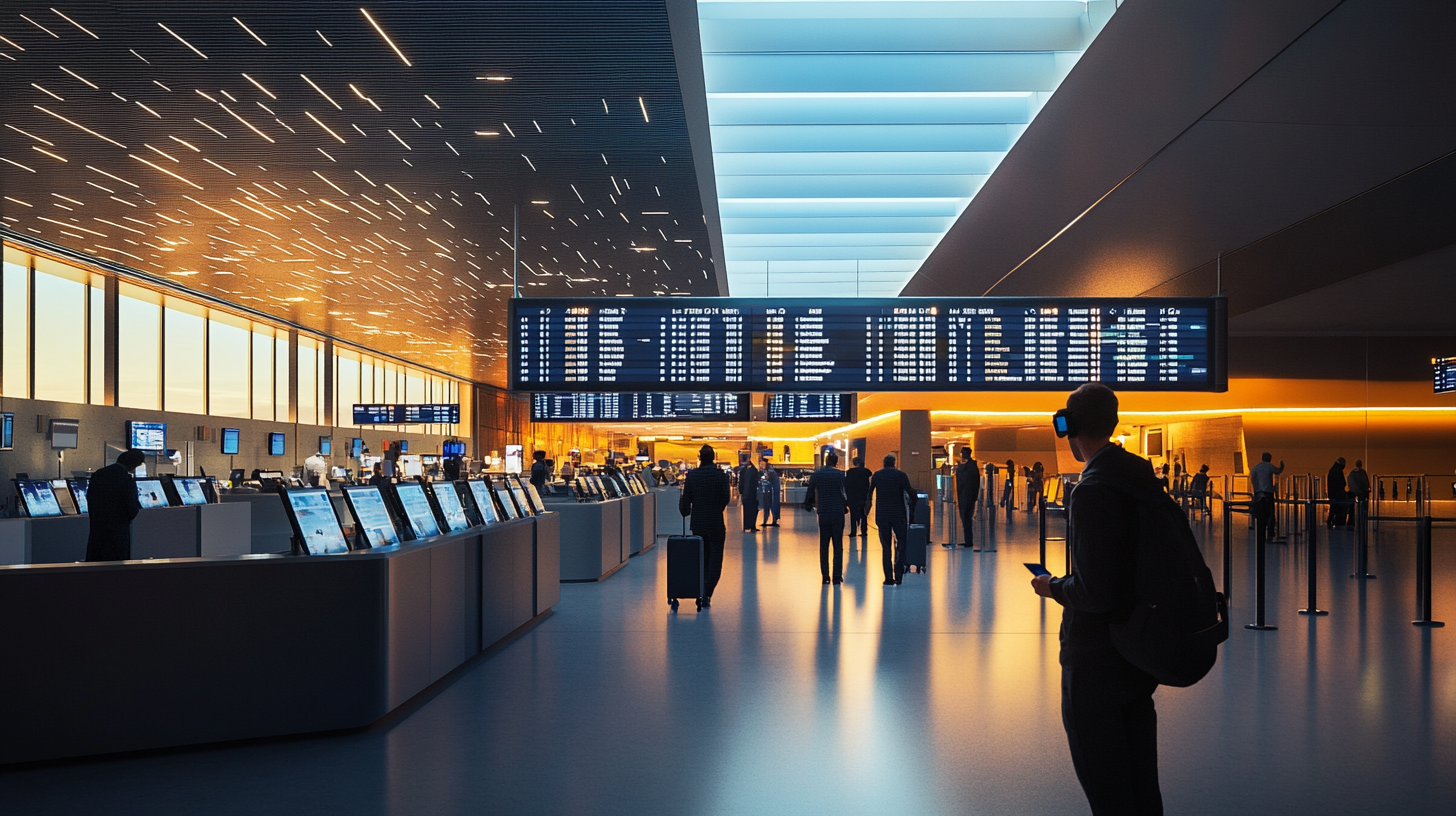
United Airlines’ MileagePlus program remains strong due to its access to diverse destinations and partnerships through the Star Alliance. Members can earn and redeem miles on United flights and those of its 25 Star Alliance partners, covering over 190 countries. The program’s policies, such as the absence of close-in booking fees and the flexibility to make changes to award tickets, enhance its user-friendliness. United’s extensive route network and the ability to combine partners on a single award ticket make it a solid choice for travelers who prioritize global reach and flexibility. Insights into optimizing MileagePlus benefits are available in guide to maximizing United MileagePlus rewards .
Alaska Airlines Mileage Plan

Recognized by NerdWallet as the top airline program for 2025, Alaska Airlines Mileage Plan offers high-value rewards through distance-based mile accrual, which can be more generous than revenue-based systems. The program’s diverse range of global airline partners, including carriers outside of any major alliance like Japan Airlines and Emirates, provides unique redemption opportunities. Mileage Plan’s generous stopover policy on one-way awards allows travelers to see more destinations for the same price. It’s an excellent option for travelers based on the West Coast of the United States or those who can take advantage of Alaska’s extensive network of partners. Further details are discussed in in-depth look at Alaska Airlines Mileage Plan benefits .
The Future of Airline Loyalty Programs

Investments in Personalization and Flexibility
Airlines are increasingly investing in their loyalty programs to enhance customer engagement and meet changing traveler needs. Modern programs aim to offer personalized and flexible rewards, moving away from one-size-fits-all models. This shift is driven by the recognition that a significant percentage of travelers engage in loyalty programs, and tailored experiences can attract and retain customers more effectively. Personalization initiatives include offering customized promotions, targeted offers based on travel history, and flexible redemption options. The focus on flexibility is expected to grow, allowing customers to use their rewards for a variety of services beyond flights, such as seat upgrades, in-flight amenities, and partner services. The evolution towards personalization is explored in the future of personalization in airline loyalty programs .
Technological Innovations
Technology continues to innovate loyalty programs, making them more user-friendly and accessible. Airlines are leveraging software solutions to address loyalty management challenges, implement dynamic pricing, and enhance the overall customer experience. Mobile applications provide real-time updates, easy access to account information, and personalized notifications. Advanced data analytics enable airlines to gain insights into customer behavior, allowing for more effective segmentation and targeted marketing. Emerging technologies like blockchain and artificial intelligence offer potential for increased security, transparency, and efficiency in managing loyalty currencies. Examples of technological advancements in this space are detailed in how technology is transforming airline loyalty programs .
Balancing Profit and Loyalty Objectives
While loyalty programs are lucrative, airlines face the challenge of balancing profit motives with genuine customer loyalty. The trend toward devaluing rewards and increasing spending thresholds can erode trust and diminish the perceived benefits of loyalty programs. Airlines must consider the long-term impact of these changes on customer relationships and brand reputation. Maintaining a fair and transparent program that offers real value is essential for fostering loyalty and encouraging repeat business. Strategies for achieving this balance involve engaging with customers, soliciting feedback, and being transparent about program changes. The importance of aligning profit and loyalty objectives is discussed in balancing profitability and customer loyalty in airline programs .
Final Thoughts
As the game of points and miles in airline loyalty programs continues to evolve, staying informed and adaptable is key for travelers seeking to maximize their benefits. By understanding the current state of loyalty programs, leveraging partnerships, and utilizing technological tools, travelers can navigate the landscape effectively. The key is to remain adaptable, regularly reassessing loyalty strategies to align with evolving program offerings and personal travel habits.
Follow us back to Seat 5A for more insights and updates on maximizing your travel experiences.




